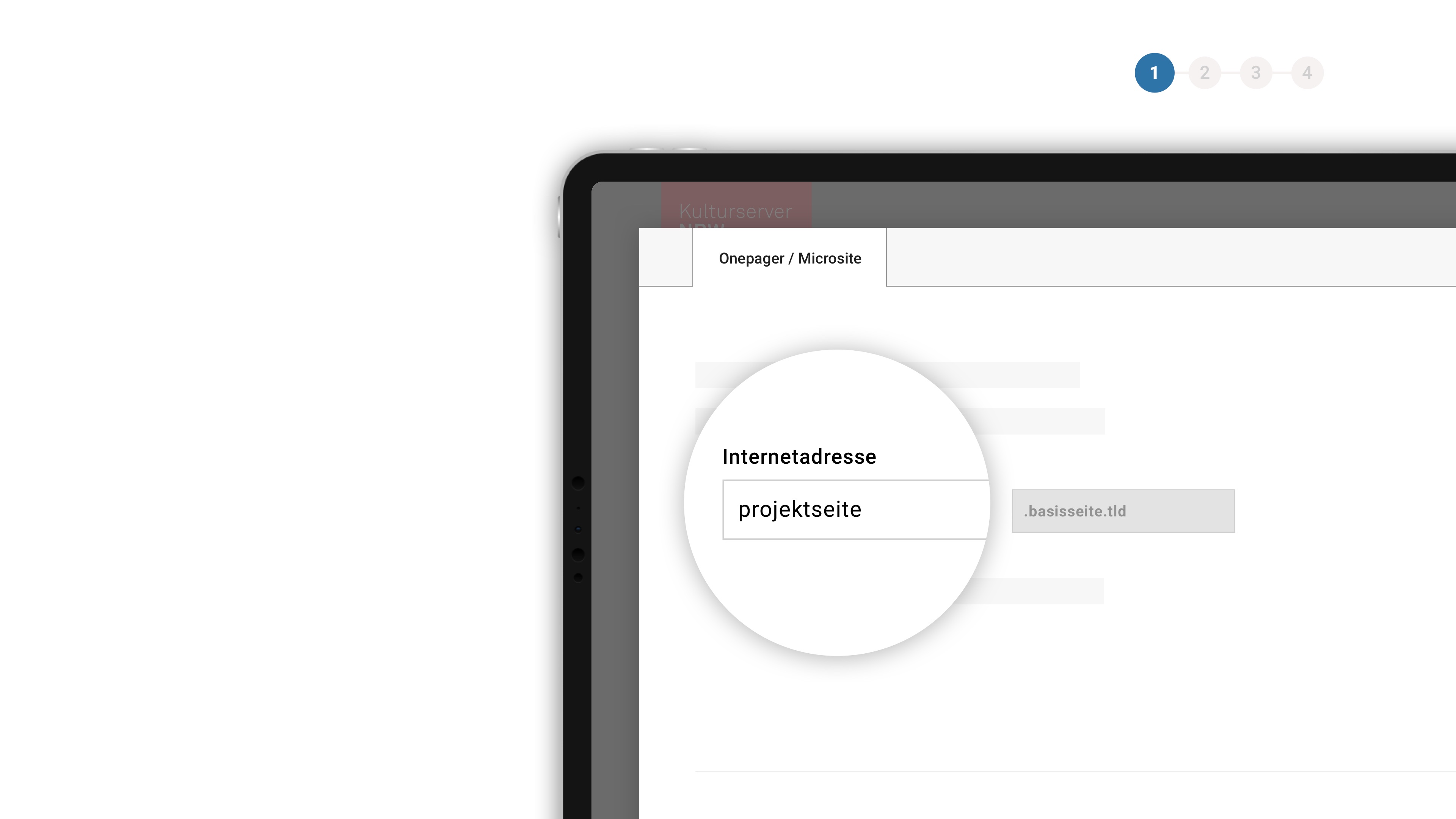Synopsis
Hollyfield was a Dublin slum where the rejected, the derelict and the, anti-social were housed, a garbage heap of humanity. Young Martin Cahill grew up in a milieu where crime was the main occupation. He was sent to a correction school when caught stealing food for his fatherless family. Abused by priests and police he grew up with a deep-seated resentment of all authority. Throughout his life Martin Cahill derived satisfaction from making fools out of the police, the church, the establishment and devised a series of elaborate pranks to embarrass them.He organised a number of daring and carefully planned robberies, gaining the title, 'The General'. Hollyfield was a no-go area for the police and the fierce loyalties of its inhabitants protected Cahill. He lived outside the system, recognising none of its rules or mores and he easily eluded the law. However, at the behest of his wife, Frances and her sister, Tina with whom he also fathered children, he bought a house in a middle dass district. He then came under the scrutiny of tax officials.
Cahill over-reached himself when he and his gang stole paintings from Russborough House belonging to the Beit collection including the only Vermeer in private ownership. With public and political pressure increasing, the police mounted a surveillance operation involving the full-time services of ninety police headed by Ned Kenny, a man who admired Cahill but was determined to break him. Cahill and his men were watched and followed night and day. Even so he continued to defy and elude them although his men lacked his iron resolve and were mostly captured and imprisoned. Despite suffering from diabetes and this enormous strain, they could not break him. He regarded the IRA as just another aspect of authority, Cahill defied them as he did all others. Lacking the forebearance of the police, the IRA shot him dead in the street on the eve of the 1994 cease-fire.





